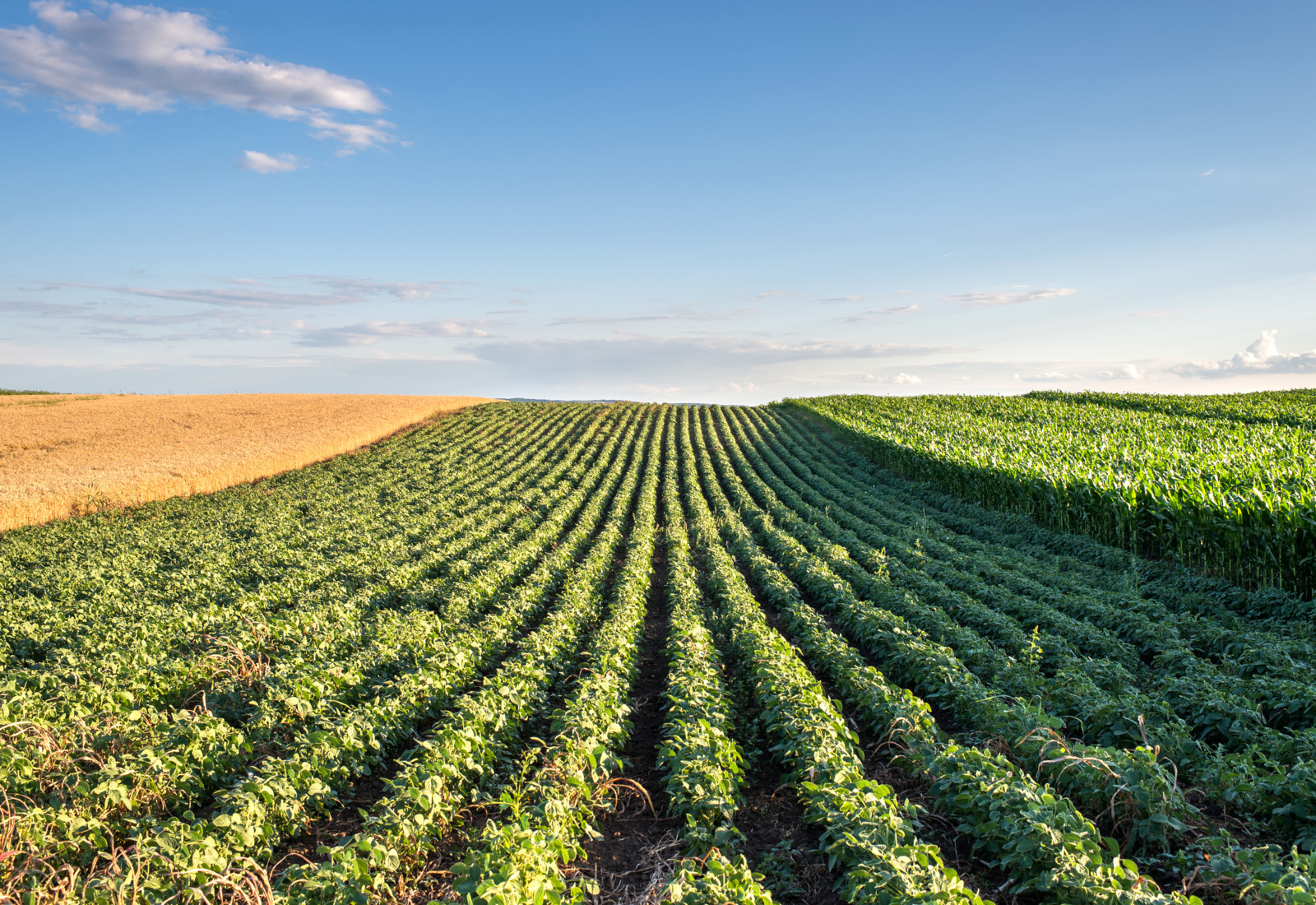How Soybeans Fit into Your 2022 Rotation

Despite the range in drought conditions this summer, soybean crops in Manitoba performed relatively well versus other crops.
Late summer rains enabled a fair number of soybean fields to produce respectable and sometimes even exceptional yields, says Tyler Russell, Western Canadian Manager for NorthStar Genetics. Soybeans can withstand a fair amount of heat. A lot of soybean fields were able to utilize the August rains, whereas the rain was too late for other crops. Russell says some fields yielded over 50 bushels an acre. Yields in the 30- to 40-bushel range were not unusual. In regions that experienced severe drought and the rain came too late, soybean yields were low, but were still favourable to canola yields.
“Soybeans have advantages which should make them strong contenders for increased acres in 2022,” Russell adds. Soybeans experienced little insect damage in 2021, and they require less fertilizer.
“Because of their relationship with rhizobium bacteria, soybeans fix nitrogen,” he explains. “You don’t need to apply nitrogen fertilizer for your soybeans.” That’s important because nitrogen fertilizer is in short supply and prices are at “all-time extreme highs,” Russell says. That leaves producers in a bind when it comes to deciding their spring planting intentions, he adds.
“If you need to put down 150 pounds of N per acre on some of your crops, and if it’ll cost you $100 to $150/acre, that’s a huge cash output you may not have or want to risk,” says Russell. “What alternatives do farmers have? They either put down less fertilizer and potentially get less yield, spend more on inputs, or they choose a crop like soybeans.”
There are still watchouts for soybean growers to be aware of. NorthStar Genetics encourages them to pay special attention to their soil test results this fall after the dry growing season left high levels of residual nitrogen fertilizer in the soil. It was not uncommon for fertilizer nitrogen to be “stranded” in the dry topsoil and inaccessible to plant roots. Properly nodulated soybeans will fix nitrogen through their symbiotic relationship with rhizobia bacteria in the soil. But too much nitrogen in the top six inches can impair nodulation in the soybean plant and potentially reduce yields, officials warn.
Brenton Belos, a Technical Sales Representative for Lallemand Plant Care, says high residual nitrogen levels resulting from drought are “a very unique situation” which should be handled carefully so as not to compromise yields. If nitrogen levels in the upper profile are very high, nodulation will not initiate on virgin soybean ground and will be “extremely delayed” on fields with a history of soybeans, says Belos.
“You want to be cautious with high nitrate levels,” says Brian Elliot, NorthStar Genetics Sales Manager for Eastern Manitoba. “The plant uses rhizobia bacteria to fix its own nitrogen. But if there’s too much excess nitrates carried over from last year’s crop, the plant can get lazy and not fix its own nitrogen because there’s an ample source there. It may develop nodules but it won’t actively fix nitrogen if the residual levels are too high.” For that reason, growers should talk to their local agronomist or their NorthStar Genetics representative to consider options on how to fit soybeans into their rotation and before making planting decisions.
“Growers should be looking at the amount of available nitrogen in the 0- to 6-inch and 6- to 24-inch profile before making their cropping decisions,” he says. “The bottom line is, make sure you soil test. Pay particular attention to what your 0- to 6-inch nitrogen levels are.”
At the same time, residual soil nitrogen is not a bad thing. It is beneficial for certain crops. Some producers are getting creative to ensure soybeans are grown on their farm in 2022. Some will grow soybeans on the same field two years in a row, says Russell. While not a common practice, planting soybeans on soybean stubble could be one way of taking advantage of an unusual situation.
However, Elliot cautions growers not to upset their crop rotations by continuously cropping soybeans too often.
“Two years in a row, and then we’ve got to move on. The whole purpose of putting soybeans into the rotation in Manitoba was to spread out farmers’ rotations with one more crop,” Elliot says.
Know your fields and evaluate your options for what’s best for your farm. Soybeans have a real fit in rotations this upcoming spring.



